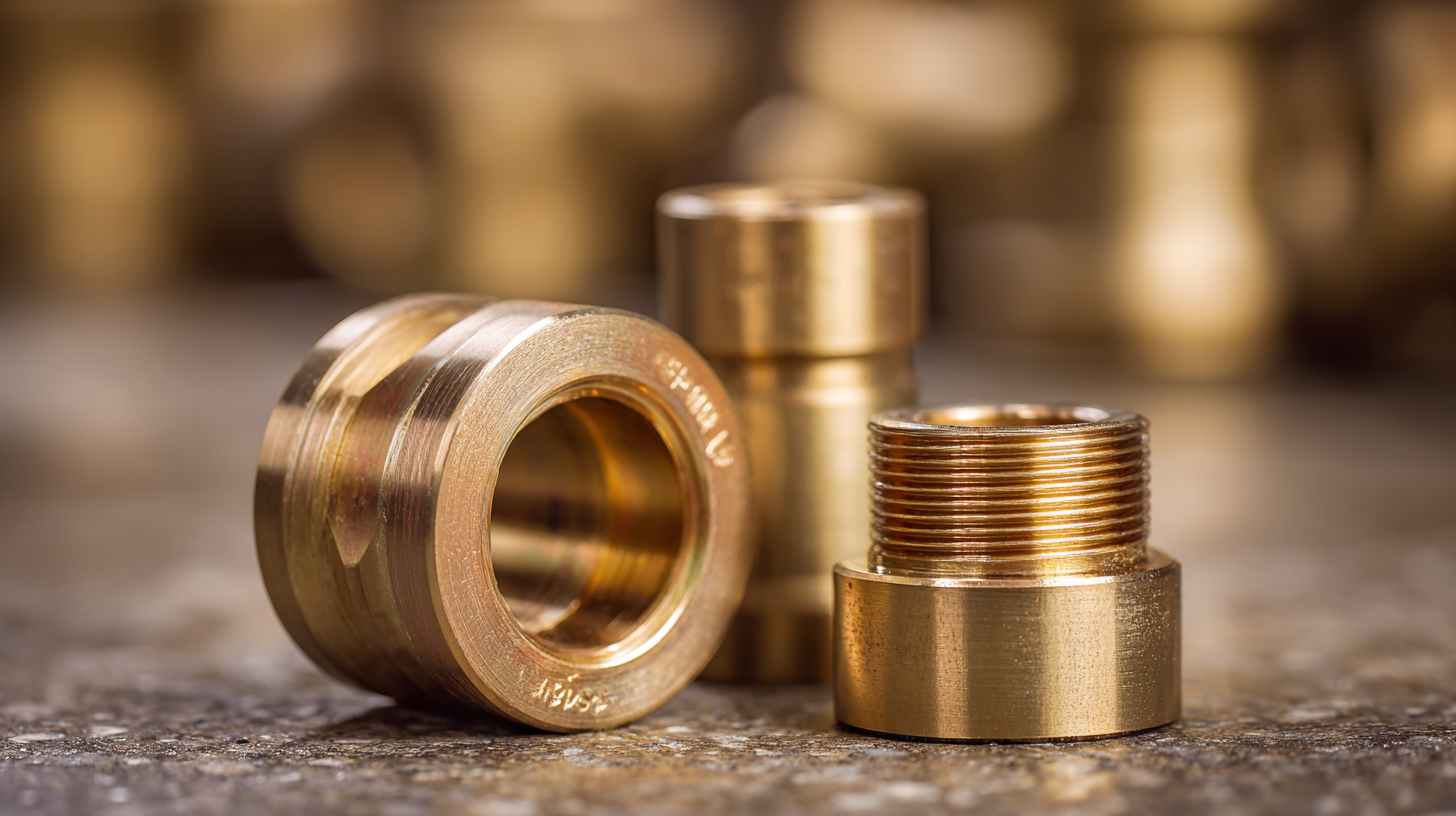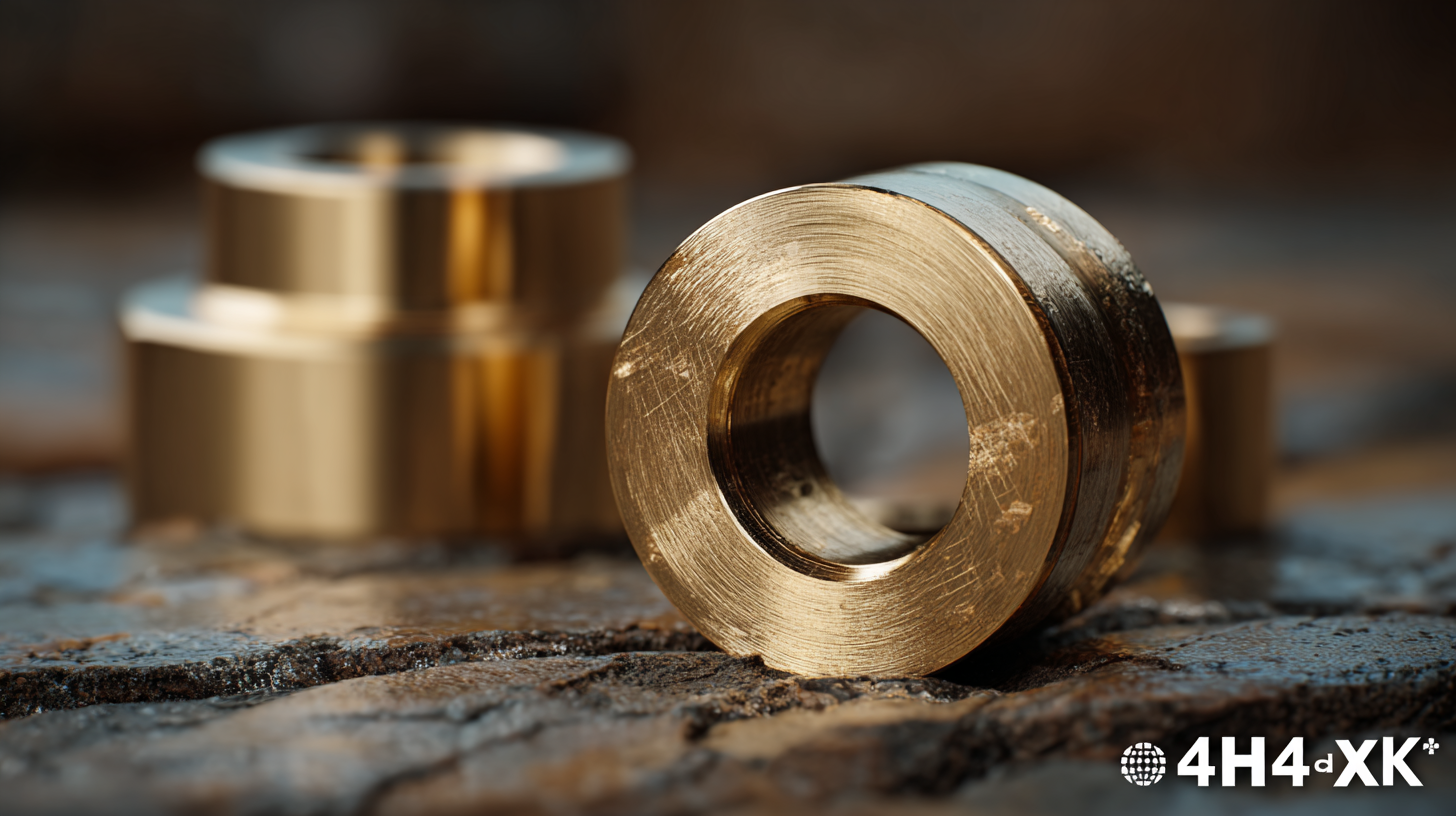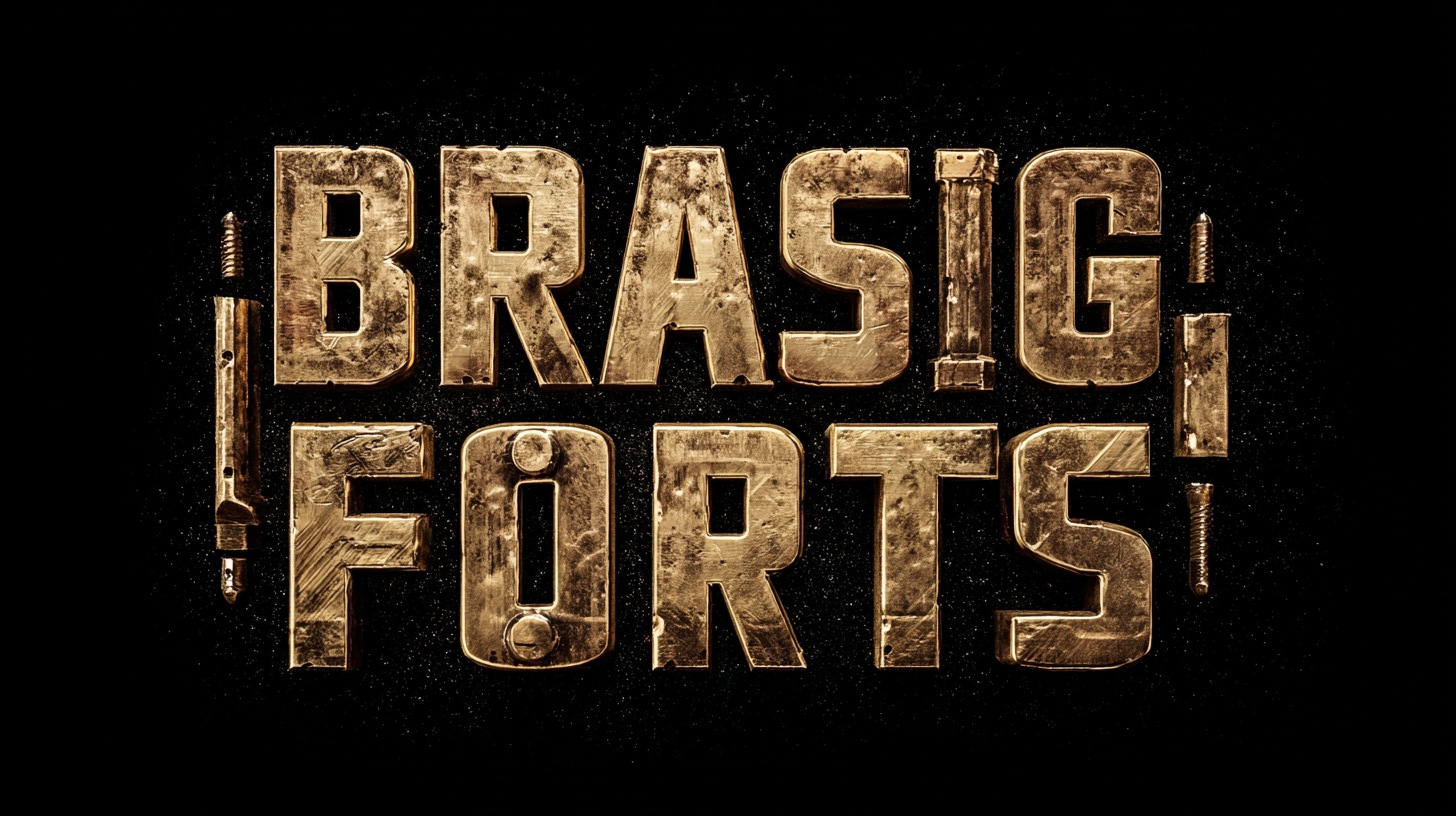Leave Your Message
-
Phone
-
E-mail
In the dynamic landscape of manufacturing, the demand for high-quality components is ever-increasing, with brass forging parts emerging as a popular choice due to their excellent mechanical properties and corrosion resistance. According to a recent industry report by Smithers Pira, the global brass forging market is projected to grow at a CAGR of 4.5% from 2023 to 2028, reflecting the robust growth and innovation within the sector. However, as manufacturers strive for improved efficiency and cost-effectiveness, exploring unique alternatives to traditional brass forging parts can unlock new potential. This guide aims to delve into these alternatives, examining innovative materials and processes that not only meet but exceed the performance of conventional brass components, ultimately providing manufacturers with valuable insights to enhance their production capabilities.

In today's manufacturing landscape, the demand for innovative designs in brass forging is leading engineers and designers to explore unique alternatives. Traditional brass forging parts have long been favored for their durability and aesthetic appeal, but emerging materials and techniques are reshaping the industry. For instance, composites and synthetic alloys are becoming popular alternatives due to their lightweight properties and resistance to corrosion. These materials not only offer improved performance but also great potential for creative designs that were previously unattainable with conventional brass.

When considering alternatives, it’s important to evaluate the specific requirements of your project. One tip is to assess the stress and strain your parts will endure—this can help you determine if a lightweight composite might enhance your product’s functionality. Additionally, discussing with manufacturers about custom shaping methods can open up possibilities for unique, tailored solutions. Engaging with a diverse supplier base also enables access to innovative technologies and materials that might elevate your design.
Lastly, keep an eye on sustainable practices. The shift towards eco-friendly materials is not just a trend but a necessity. By prioritizing sustainable options, you can contribute to a greener manufacturing process while still achieving robust, high-quality results. Exploring these alternatives not only keeps your designs cutting-edge but can also reduce your environmental footprint.
In the quest for sustainable manufacturing practices in the production of brass forging parts, industries are increasingly turning to innovative approaches that minimize waste and enhance efficiency. Recent developments in India highlight a significant surge in
brass fitting companies, driven by the material's inherent durability and versatility. These companies are not only meeting growing demands but are also embracing sustainable practices, including the strategic recycling of machining waste. This shift not only reduces environmental impact but also enhances the economic viability of operations by transforming waste into valuable metal powder feedstock for additive manufacturing.

Moreover, the focus on sustainable technologies such as Brass Machining (BM) offers exciting prospects for the recycling segment within the brass forging industry. This paper outlines the advantages and challenges associated with using BM as a sustainable recycling technology. By optimizing process parameters, manufacturers can effectively convert waste products into high-quality materials, thereby contributing to a cleaner production cycle. As the industry evolves, these practices pave the way for a greener future while maintaining the high standards expected from brass products.
When considering the best materials for forging parts in manufacturing, brass has long been a reliable choice thanks to its durability and corrosion resistance. However, as industries evolve, it's essential to explore alternative materials that can offer similar, if not superior, qualities. For instance, aluminum forging has gained traction due to its lightweight nature and excellent strength-to-weight ratio. When weight savings are critical, such as in automotive and aerospace applications, aluminum can be a game-changer, reducing fuel consumption and enhancing performance.
Another noteworthy contender is stainless steel, renowned for its strength and anti-corrosive properties. While brass is generally easier to machine and offers good thermal conductivity, stainless steel can withstand higher temperatures and harsher environments. This makes it particularly suitable for applications in the oil and gas industry or in medical devices, where reliability is non-negotiable. The decision between brass and its alternatives ultimately hinges on the specific requirements of the application—be it weight, strength, or corrosion resistance—prompting manufacturers to weigh these options carefully for optimal performance.
| Material | Density (g/cm³) | Tensile Strength (MPa) | Corrosion Resistance | Cost (per kg) | Typical Applications |
|---|---|---|---|---|---|
| Brass | 8.5 | 300 | Good | $5 | Plumbing, Electrical Components |
| Aluminum | 2.7 | 170 | Excellent | $3 | Automotive, Aerospace |
| Stainless Steel | 8.0 | 520 | Very Good | $6 | Cookware, Medical Tools |
| Titanium | 4.5 | 900 | Excellent | $40 | Aerospace, Medical Implants |
| Zinc | 7.1 | 100 | Fair | $1 | Coatings, Die Casting |
Technological advancements are revolutionizing the brass forging industry by enhancing efficiency and precision. One notable trend is the integration of automation and robotics, which streamlines production processes. Automated machinery can perform repetitive tasks with high accuracy, significantly reducing human error and increasing output. Additionally, advanced software solutions enable manufacturers to implement real-time monitoring and data analysis, optimizing the forging process from start to finish.
The impact of these innovations extends beyond traditional forging practices. As industries increasingly adopt smart manufacturing techniques, there is a growing emphasis on sustainability and minimizing waste. Technologies that control temperature and pressure during the forging process not only improve material properties but also enhance energy efficiency. With a focus on precision and quality, manufacturers can explore unique alternatives to conventional brass forging parts, catering to specific needs while maintaining high standards.
As these trends evolve, companies that embrace technological enhancements will likely lead the way in meeting the modern manufacturing demands.
As global manufacturing demands evolve, there's a noticeable shift towards specialized brass forging solutions. Traditional brass forging parts have served various industries for decades, yet manufacturers are now seeking unique alternatives that can meet specific application criteria. This increase in demand is driven by the need for customizations, enhanced performance, and innovative designs that standard parts simply cannot provide.
When exploring unique brass forging options, consider the following tips: Focus on pre-manufacturing assessments to better understand the specific requirements of your application. Collaborate closely with suppliers who can offer tailored solutions that align with your design and functional needs. Additionally, keep an eye on market trends to identify emerging materials and technologies that could optimize your production process.
Furthermore, sustainability is becoming increasingly crucial in the manufacturing sector. Look for brass forging solutions that not only enhance performance but also minimize environmental impact. By sourcing from manufacturers who prioritize eco-friendly practices, you can not only meet your operational goals but also appeal to the growing market of environmentally-conscious consumers. Adapting to these trends will enable you to stay competitive and innovative in a rapidly changing industry.
